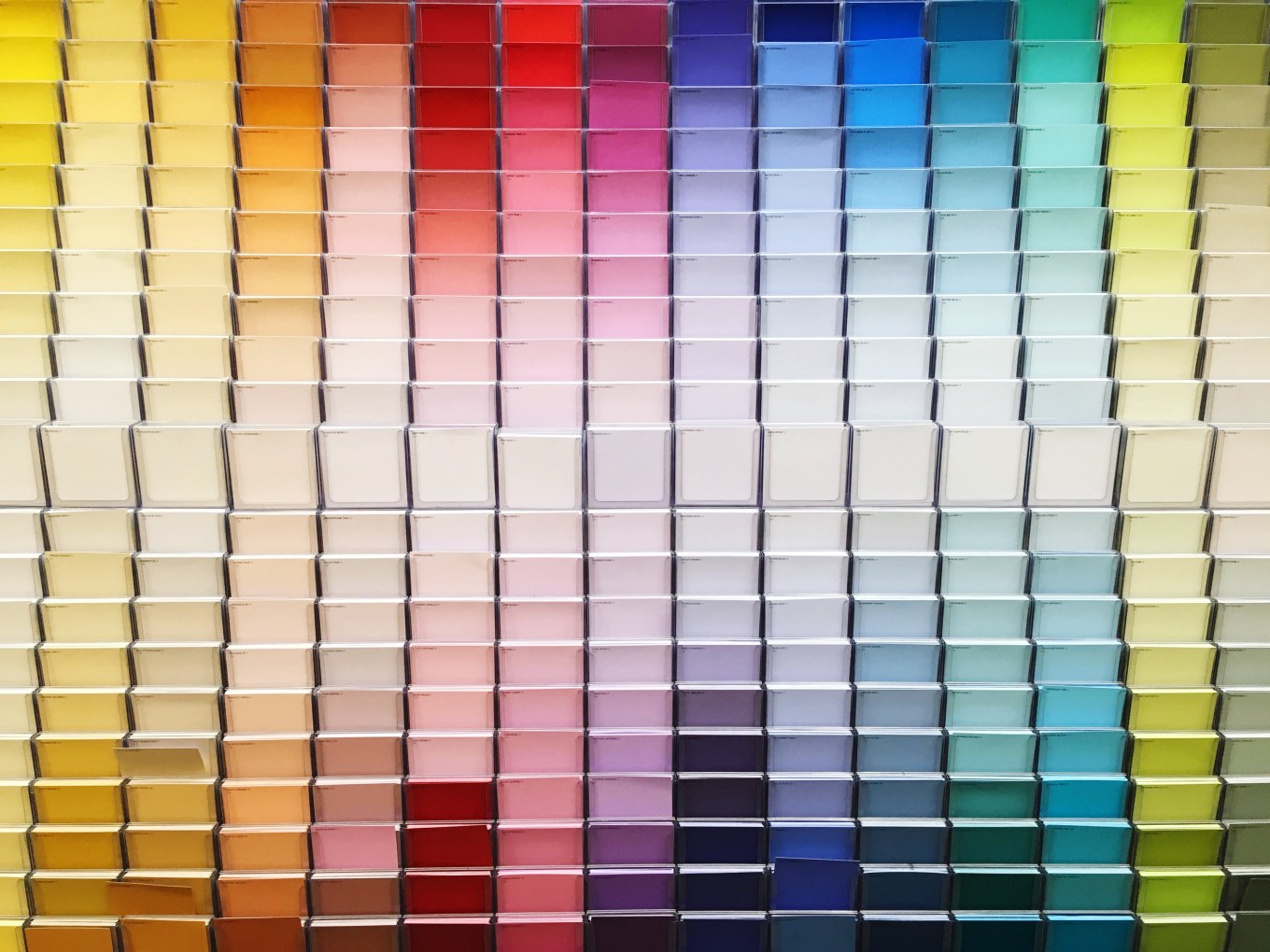Every home suffers a few negatives, but not every solution requires pricey structural changes. Paint is a frugal remodeler’s go-to solution to perk up a problem room.
Here’s how to pick paint colors to give any room a facelift:
Choosing Paint for a Room That’s Too Small
Painting walls white, cream, pastels, or cool colors (tinged with blue or green) creates the illusion of more space by reflecting light.
White or light colors on walls lifts the ceiling, bringing your eyes up, which makes you feel like you’re in a larger room.
How to use paint color to make a room seem bigger:
- Paint trim similar to walls to ensure a seamless appearance that visually expands space.
- Use a monochromatic scheme to amplify the dimensions of a room. Select furnishings in the same color. Lack of contrast makes a room seem more spacious.
- Extend wall color onto the ceiling an additional six to 12 inches. This will make the room seem taller.
- Paint vertical or horizontal stripes. Vertical stripes enhance room height by drawing the eye up; horizontal stripes guide your gaze around the perimeter, making walls seem farther away. Use similar light colors for low-contrast stripes, and your room will look even larger.
- Get a bit of a similar effect if you really want a darker shade by selecting a high-gloss paint sheen, which reflects light and enhances space.
For a Room That’s Too Large
When a space feels cavernous, draw walls inward and make it cozy with warm colors (red-tinged), because darker hues absorb light.
Similarly, a dark or warm color overhead (in a flat finish) helps make rooms with high or vaulted ceilings seem less voluminous.
For a Room That Needs a Soothing Vibe
The right paint choice can lend tranquility to a bathroom, primary suite, or other quiet, personal space. A palette of soft, understated color or muted tones help you instill a calming atmosphere.
Some good choices include pale lavenders, light grays or greens, and wispy blues.
For a Room With Special Features That No One Notices
Call out notable features in a room with paint. Dress crown moldings and other trims in white to make them pop against walls with color.
Make a fireplace or other feature a focal point by painting it a color that contrasts with walls.
“Using a higher sheen of paint on woodwork, such as baseboards and door or window casings, creates a crisp edge and clear transition from the wall to the trim,” says Petra Schwartze, a Minneapolis architect with TEA2 Architects.
For a Room With Something Ugly to Hide
Not everything should stand out in a space. Using a low-contrast palette is a good way to hide unappealing elements or flaws.
Conduit, radiators, and other components painted the same color as the wall will seem to disappear.
Selecting low-sheen or flat paint colors also helps hide flaws. Unless walls are smooth, avoid using high-gloss paint because it reflects light and calls attention to an uneven surface.
How to Pick Paint Colors for Any Room
- Sample paint colors on a few walls.
- Use large swaths of paint so you can get a real feel for the color.
- Add samples to opposite sides of a room to judge the paint color from different angles.
- Check the space with the samples in place and watch how the paint color changes at different times of the day.
- Check the color on cloudy days, sunny days, and at night when you’ve got artificial lights on.
Related: 7 Painting Hacks to Get the Look of a Pro — Without the Pro Cost
